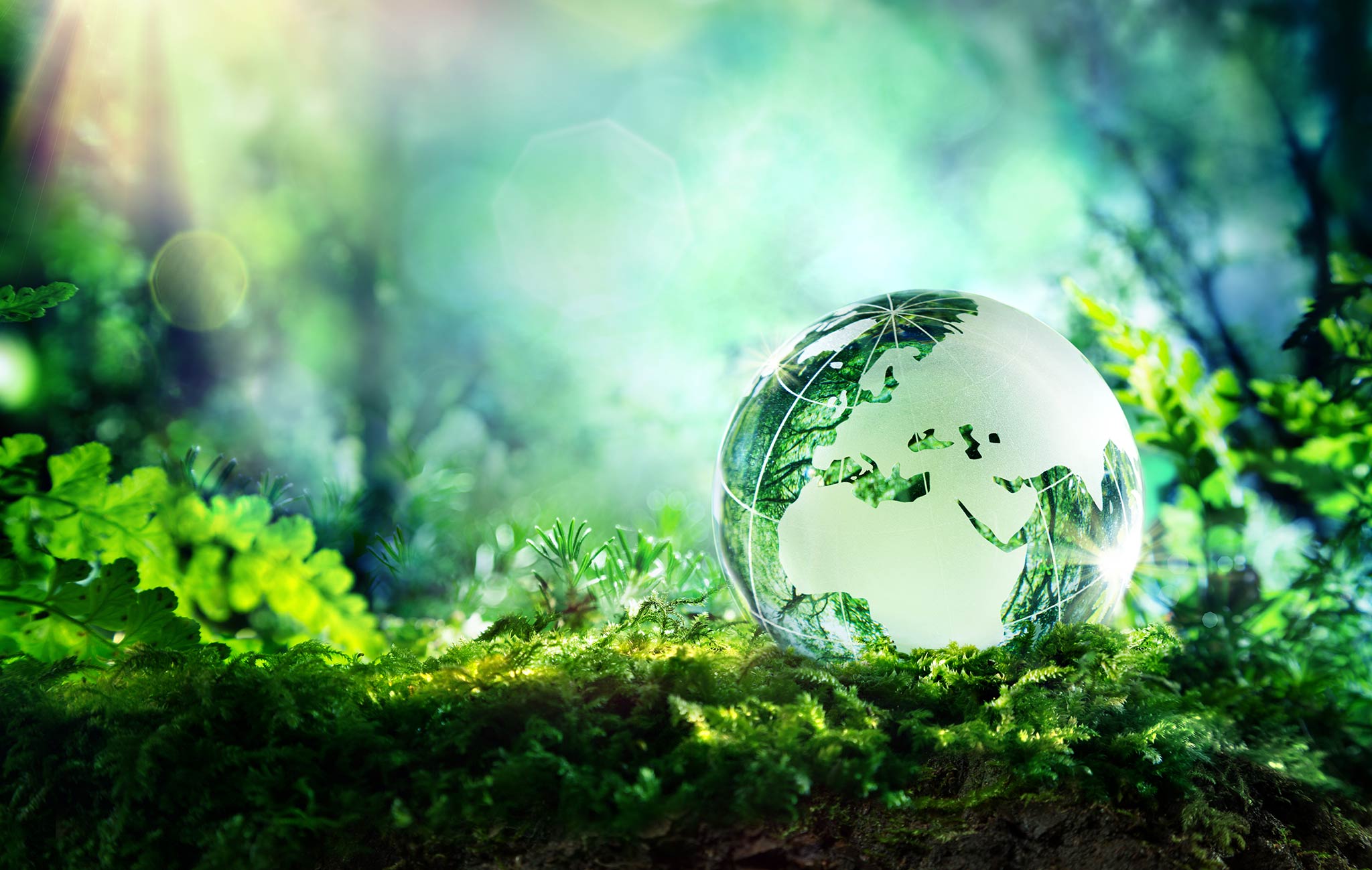Organizations across industries are realizing the need to embrace sustainability in an era when environmental issues are at the forefront of global conversation. Setting sustainability goals for organizations has evolved as a significant technique for driving good change and contributing to a greener future. Companies may connect their operations with environmentally responsible practices, decrease their ecological impact, and promote long-term sustainability by creating defined targets and milestones. In this article, we will discuss the significance of creating sustainability goals, as well as crucial factors and success stories of firms that are leading the way in sustainable practices.
The Need for Sustainability Targets
 As the globe grapples with the repercussions of climate change, resource depletion, and other environmental concerns, there has never been a greater need to embrace sustainable practices. Setting sustainability objectives offers firms a clear plan for addressing their environmental effect and working toward a more sustainable future. Companies may monitor their progress and hold themselves responsible for their sustainability initiatives by identifying specific targets, such as lowering greenhouse gas emissions, preserving water resources, or eliminating waste output.
As the globe grapples with the repercussions of climate change, resource depletion, and other environmental concerns, there has never been a greater need to embrace sustainable practices. Setting sustainability objectives offers firms a clear plan for addressing their environmental effect and working toward a more sustainable future. Companies may monitor their progress and hold themselves responsible for their sustainability initiatives by identifying specific targets, such as lowering greenhouse gas emissions, preserving water resources, or eliminating waste output.
Benefits of Setting Sustainability Targets
Setting sustainability goals benefits companies, the environment, and society as a whole. For starters, it assists firms in reducing their environmental imprint and conserving vital resources. Companies may reduce their environmental effect and contribute to climate change mitigation by implementing energy-efficient processes, improving supply chains, and utilizing renewable energy sources. Second, sustainability goals encourage innovation and technical improvement. Organizations are pushed to explore new ideas, engage in research and development, and discover inventive methods to optimize processes and products as they attempt to fulfill their objectives. This not only helps the firm, but also encourages an innovative culture inside the industry. Setting sustainable goals also improves brand reputation and stakeholder participation.
Consumers, investors, and workers are increasingly drawn to organizations that exhibit a true commitment to sustainability. Organizations may improve their brand image, attract socially conscious customers, and develop stakeholder trust by defining and accomplishing relevant sustainability objectives.
Considerations for Setting Sustainability Targets
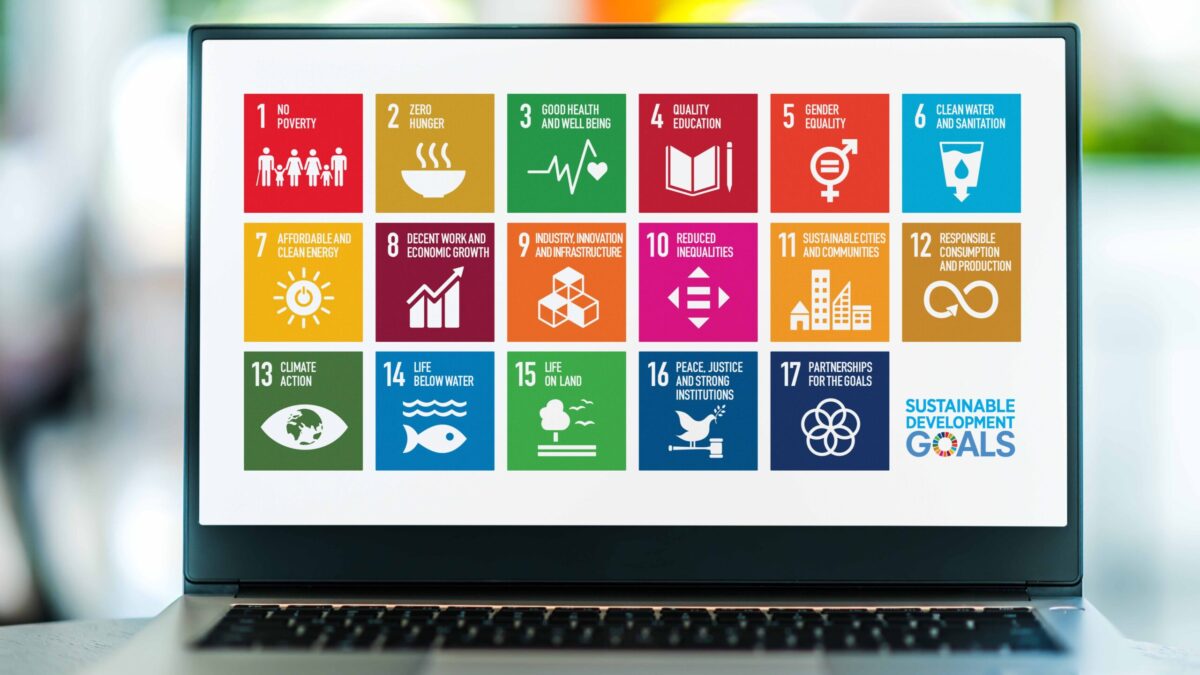 Organizations must carefully evaluate several elements when creating sustainability targets to guarantee the efficacy and relevance of their goals. To begin, targets should be consistent with the organization’s overarching vision, values, and long-term goals. Companies may guarantee that sustainability aims are not just token gestures but important components of their operations by incorporating sustainability into their core business strategy. Second, goals should be both ambitious and achievable. Setting difficult goals is important, but firms must also evaluate their available resources, technology capabilities, and industry benchmarks. Setting impossible goals can lead to dissatisfaction and stagnation, but setting attainable goals can bring drive and a sense of success.
Organizations must carefully evaluate several elements when creating sustainability targets to guarantee the efficacy and relevance of their goals. To begin, targets should be consistent with the organization’s overarching vision, values, and long-term goals. Companies may guarantee that sustainability aims are not just token gestures but important components of their operations by incorporating sustainability into their core business strategy. Second, goals should be both ambitious and achievable. Setting difficult goals is important, but firms must also evaluate their available resources, technology capabilities, and industry benchmarks. Setting impossible goals can lead to dissatisfaction and stagnation, but setting attainable goals can bring drive and a sense of success.
Third, teamwork and involvement are critical success factors. Sustainability goals frequently need collective action and coordination across departments, stakeholders, and supply chains. Employee, supplier, consumer, and community engagement promotes a feeling of ownership, shared accountability, and collaborative effect.
Success Stories and Inspiring Examples
Numerous companies have successfully set and met sustainability goals, acting as role models for others. Companies like Patagonia, Unilever, and Interface have proved their commitment to sustainability by establishing lofty targets and making considerable strides toward minimizing their environmental effect. Patagonia, a well-known outdoor apparel company, aspires to be carbon neutral by 2025 and has taken many steps to minimize its carbon footprint, including switching to renewable energy sources and investing in regenerative agriculture.
Unilever, a major consumer goods corporation, has set an ambitious goal of achieving net-zero emissions from its products by 2039, and it has made significant progress by installing renewable energy projects and introducing sustainable packaging solutions. Interface, a global leader in modular flooring, has set a goal of becoming carbon-negative by 2040 and has pioneered sustainable production practices such as the use of recycled materials and the implementation of renewable energy systems.
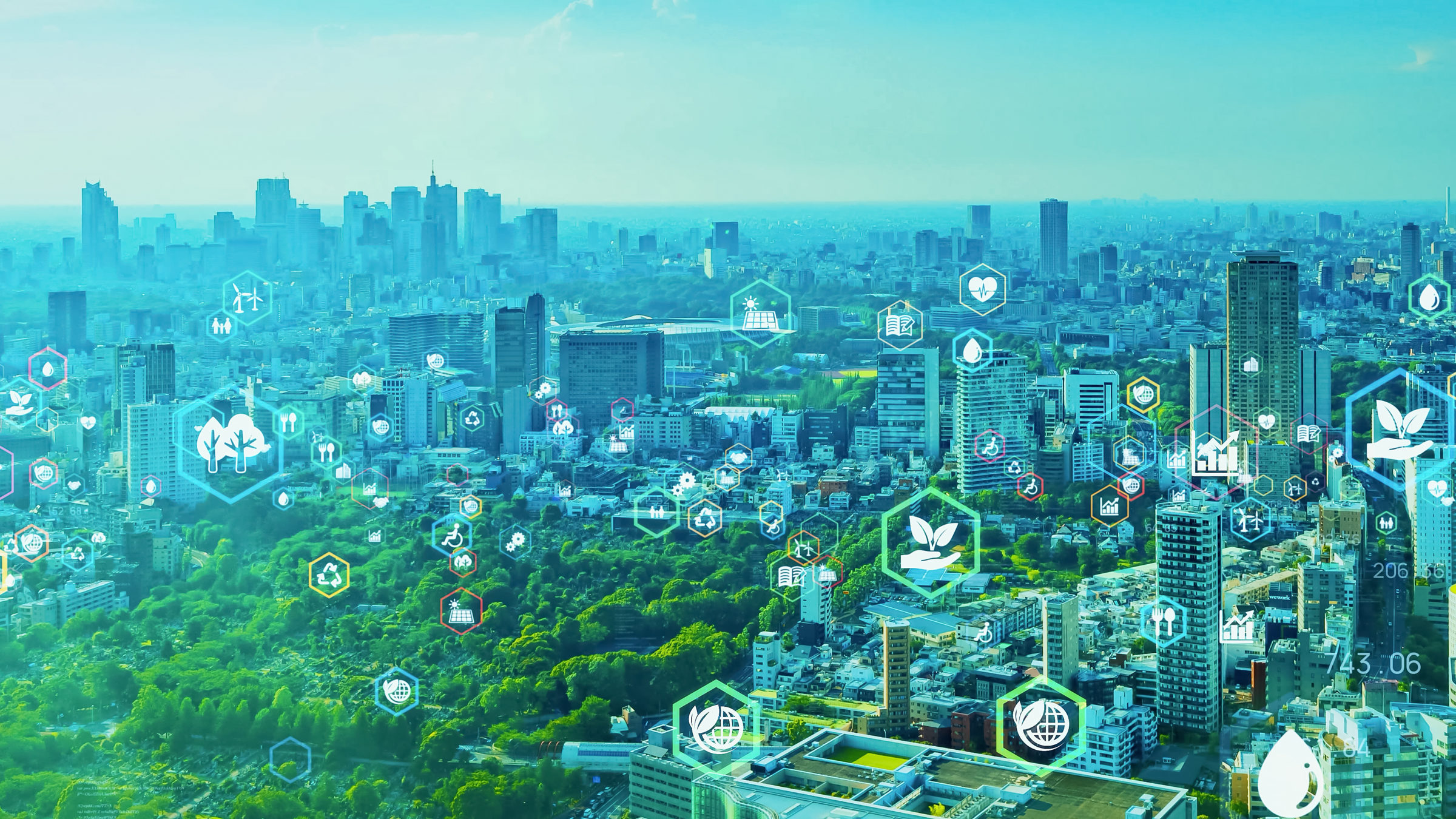
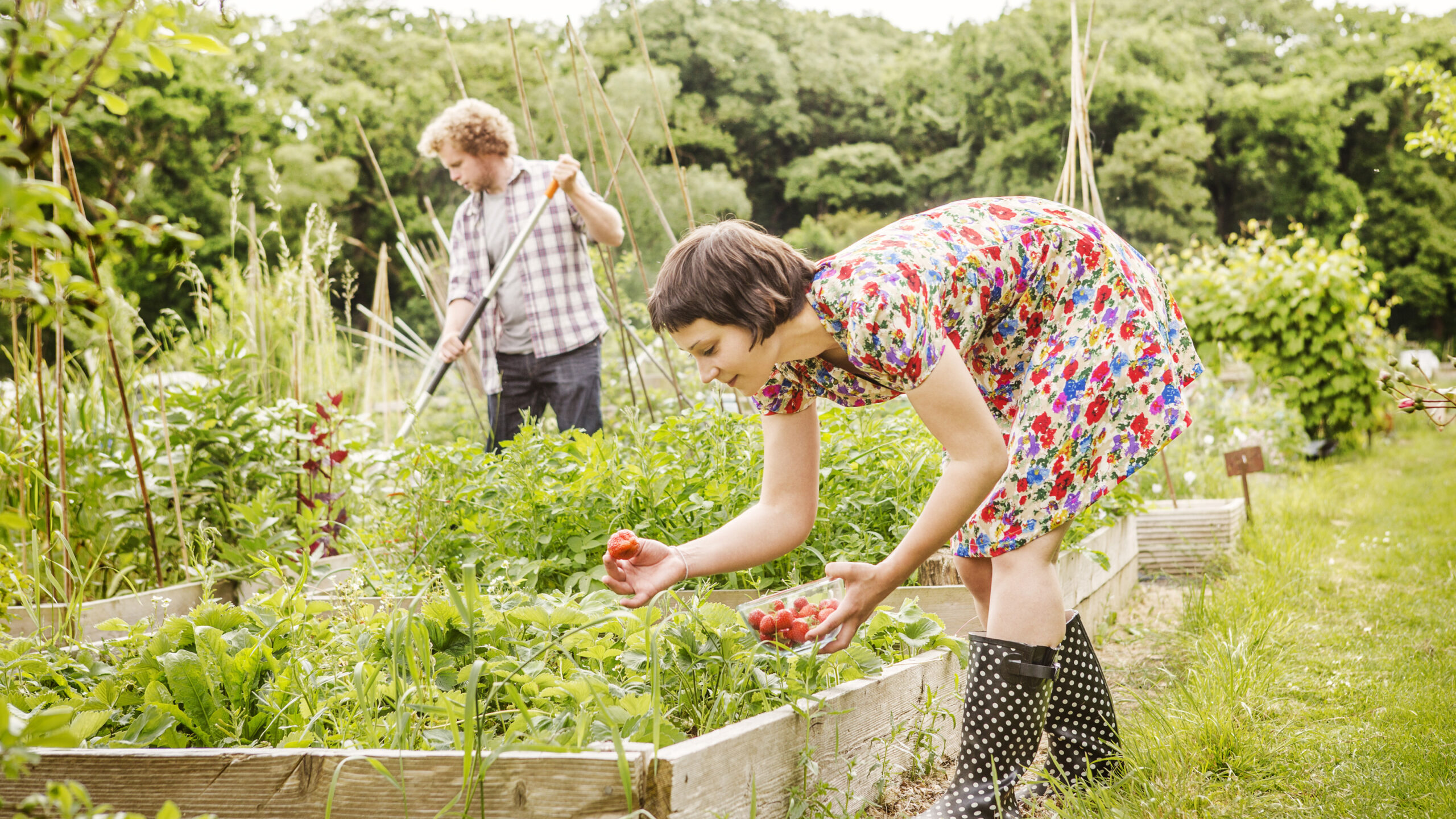
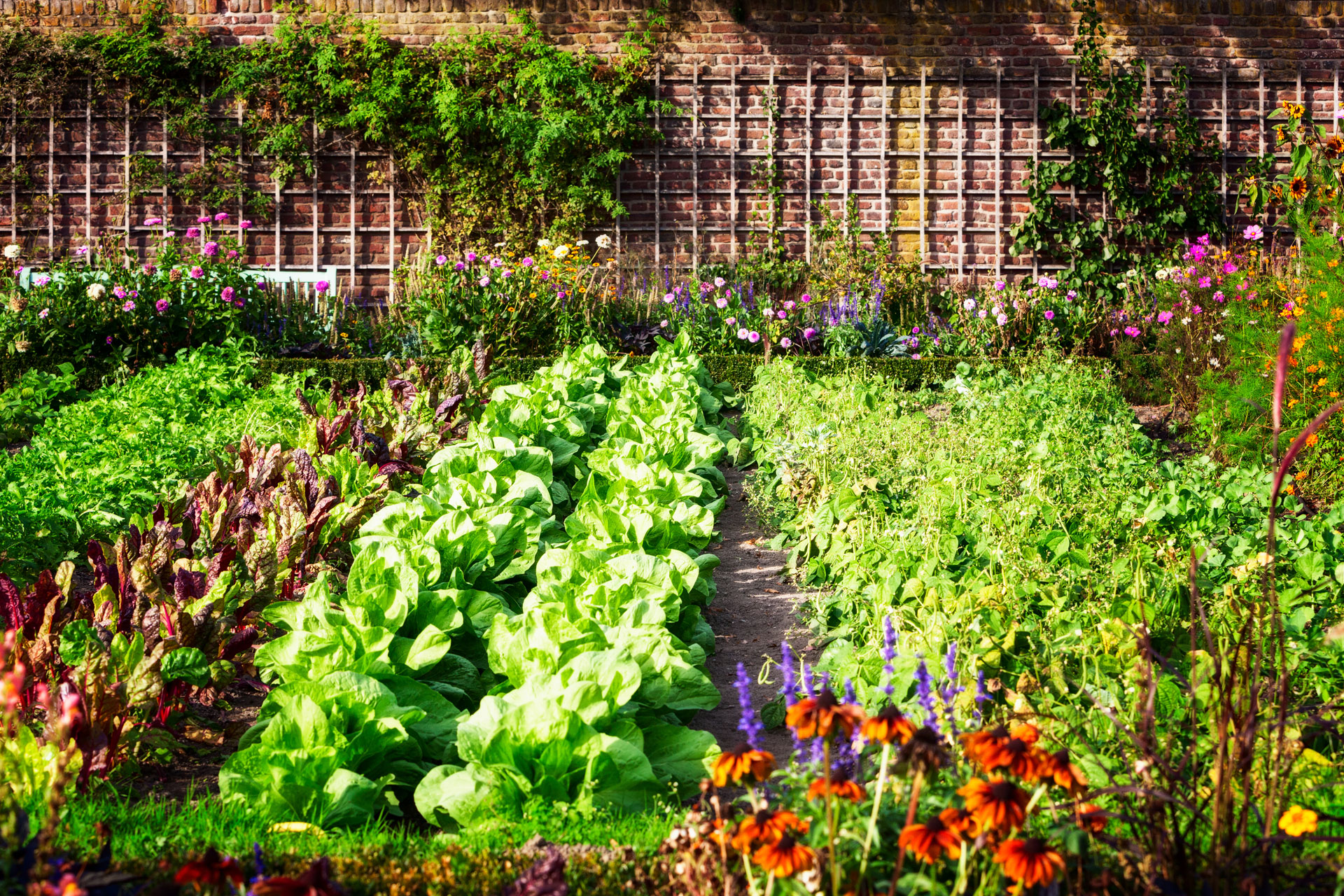
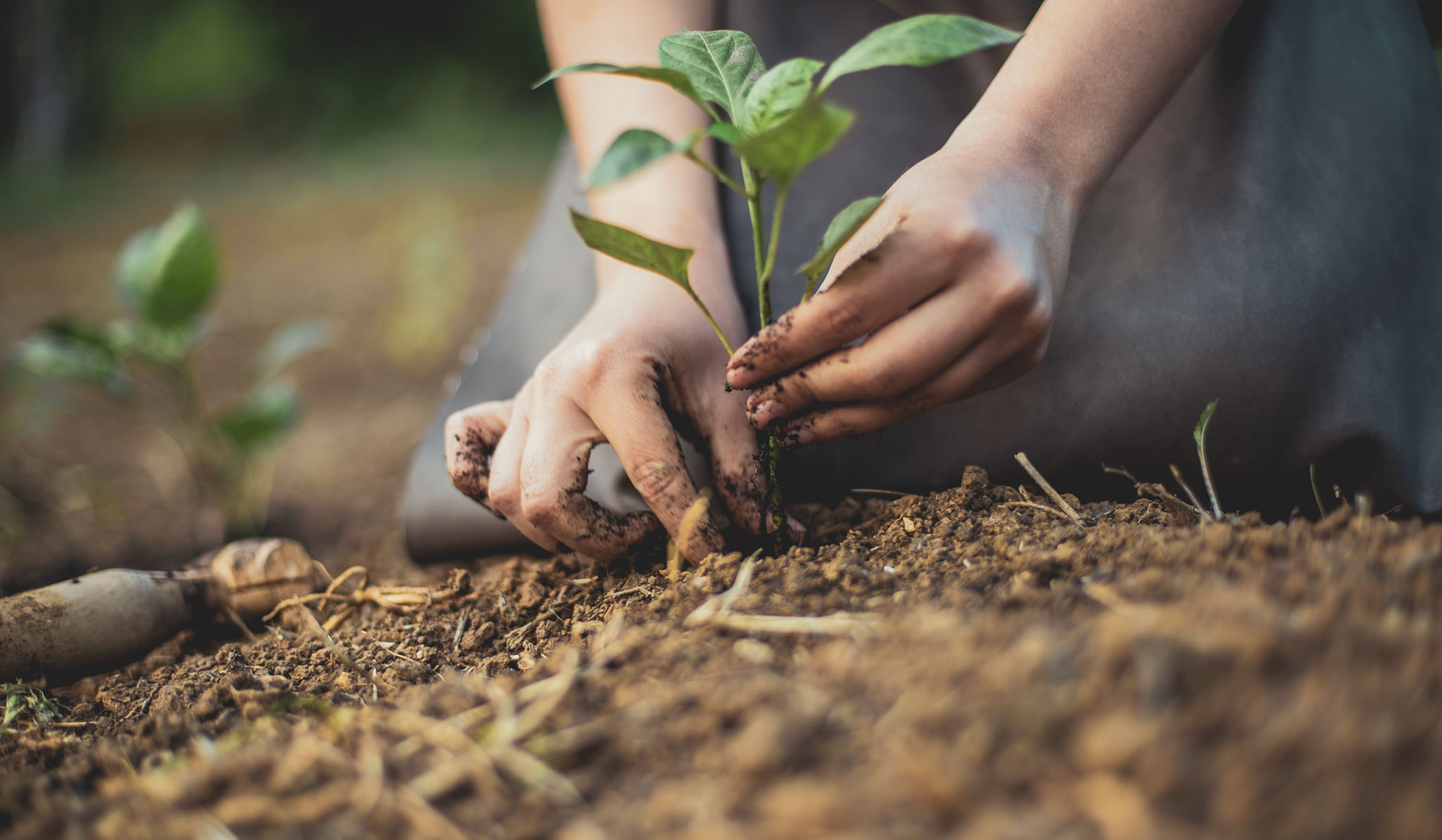

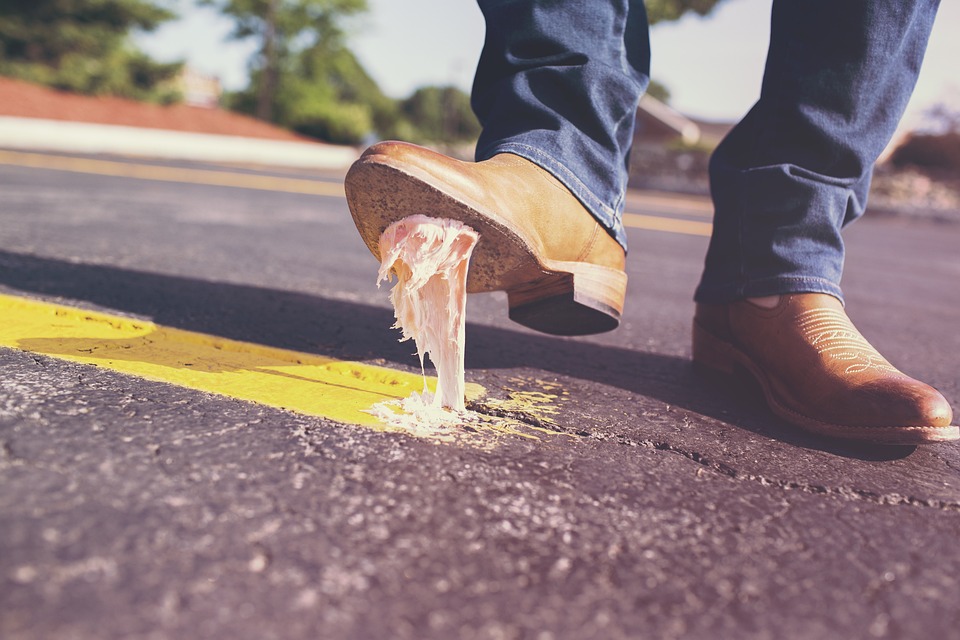 Gum sales date from the 1800s in the US and soon became widespread. Today, the global chewing gum market is valued at approximately US$ 27 billion. Recent statistics show that people of all ages are most likely to chew gum at least two or three times a week. In fact, studies have revealed that an average American can chew at least 1.8 pounds of gum yearly.
Gum sales date from the 1800s in the US and soon became widespread. Today, the global chewing gum market is valued at approximately US$ 27 billion. Recent statistics show that people of all ages are most likely to chew gum at least two or three times a week. In fact, studies have revealed that an average American can chew at least 1.8 pounds of gum yearly. Everyone’s heard of an inferiority complex, but have you ever heard of a “hair complex?”
Everyone’s heard of an inferiority complex, but have you ever heard of a “hair complex?” If you like reading, you must have read that cow farts are bad for the environment. But, what about human farts?
If you like reading, you must have read that cow farts are bad for the environment. But, what about human farts? I bed your pardon?
I bed your pardon?
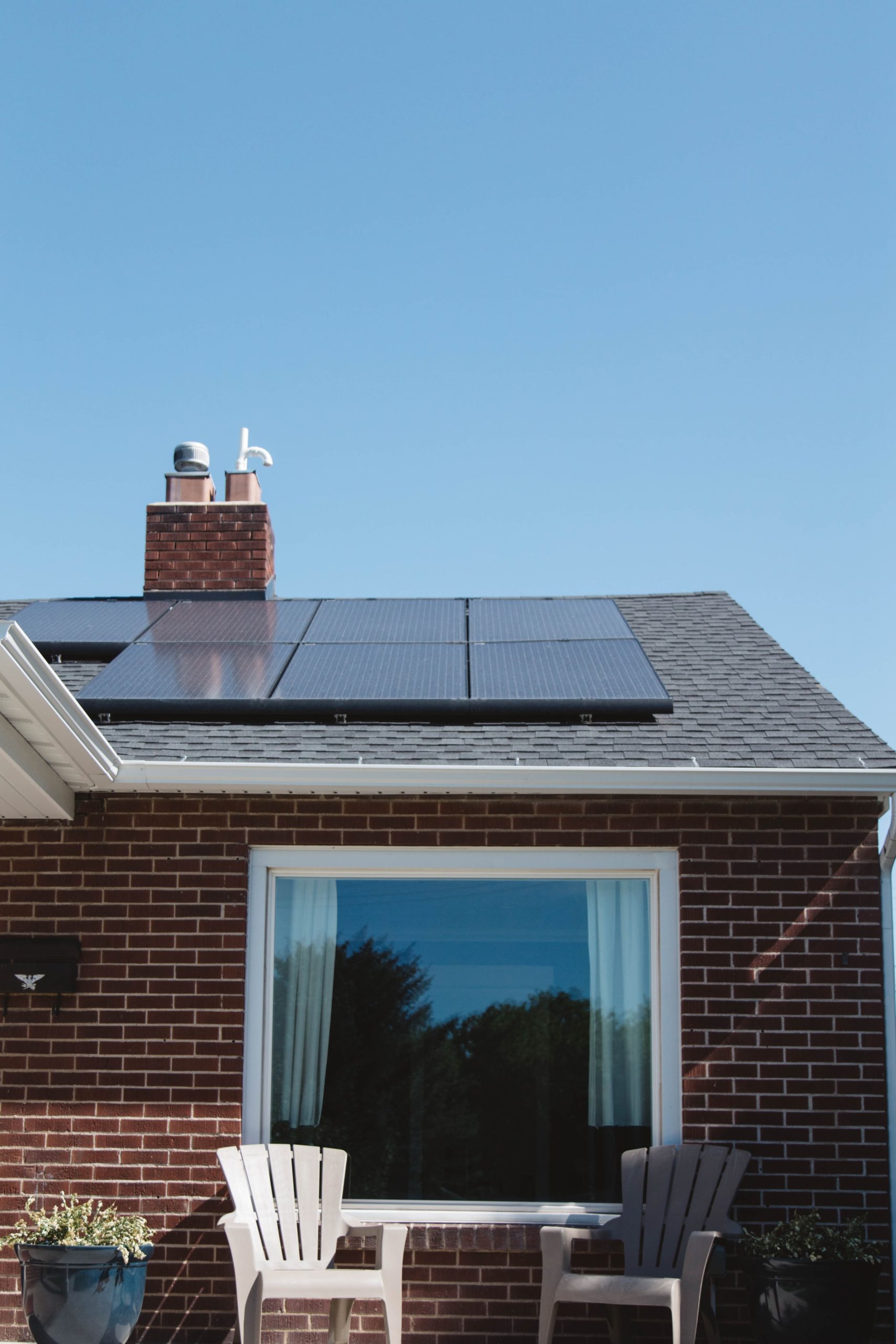

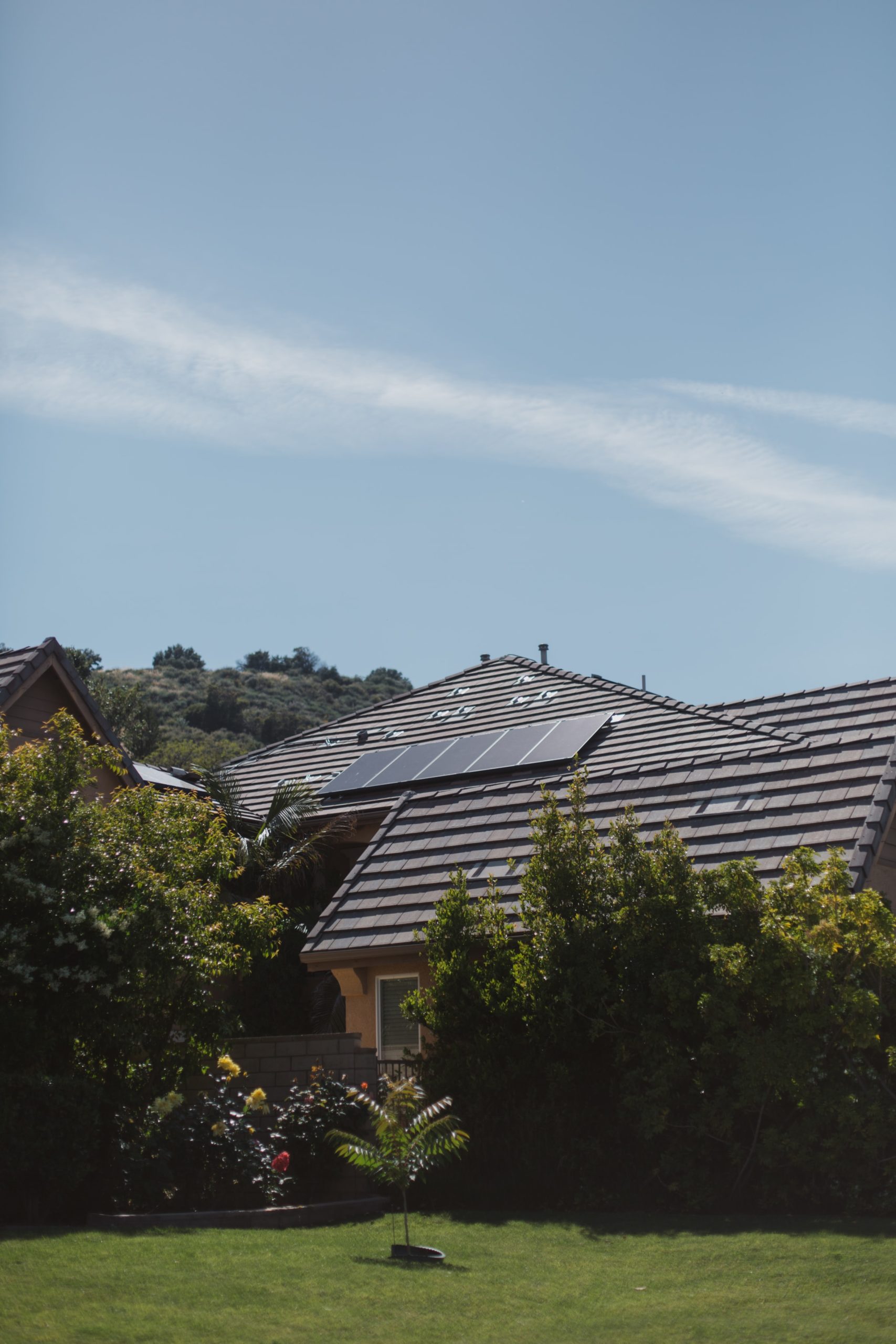
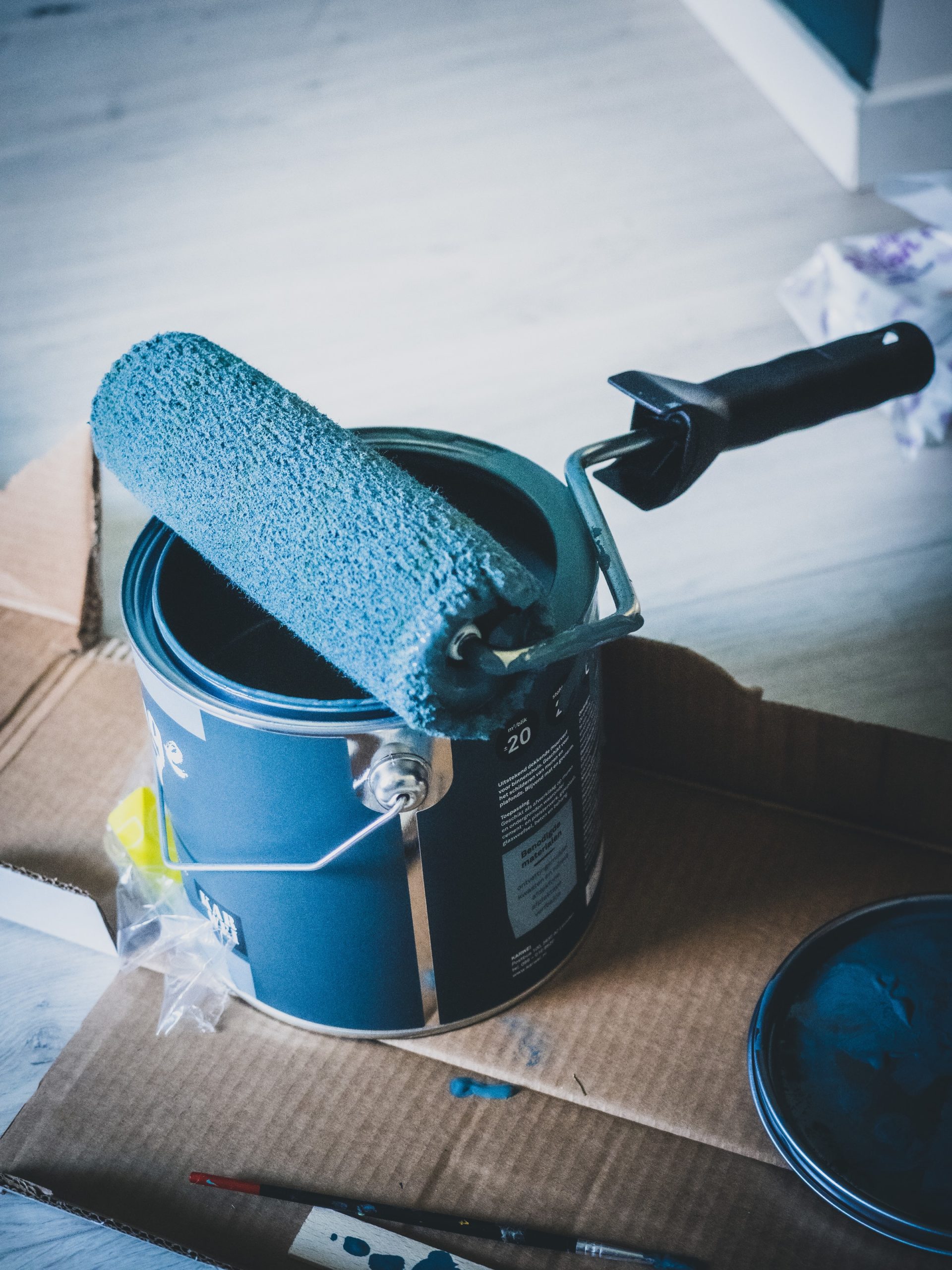



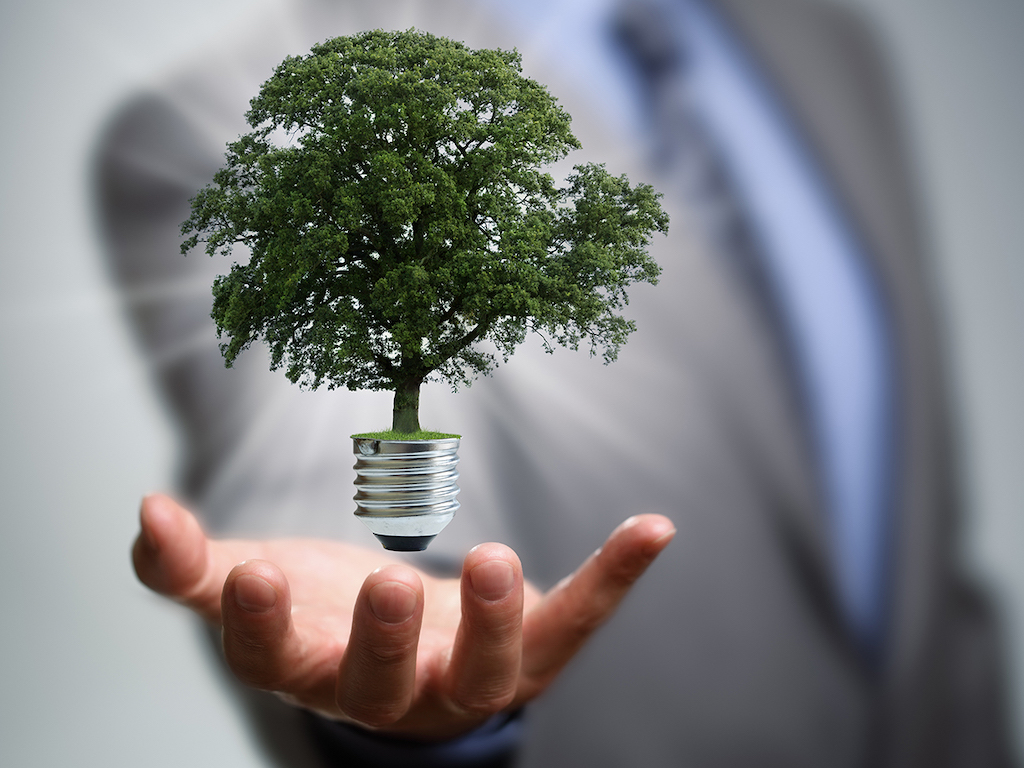



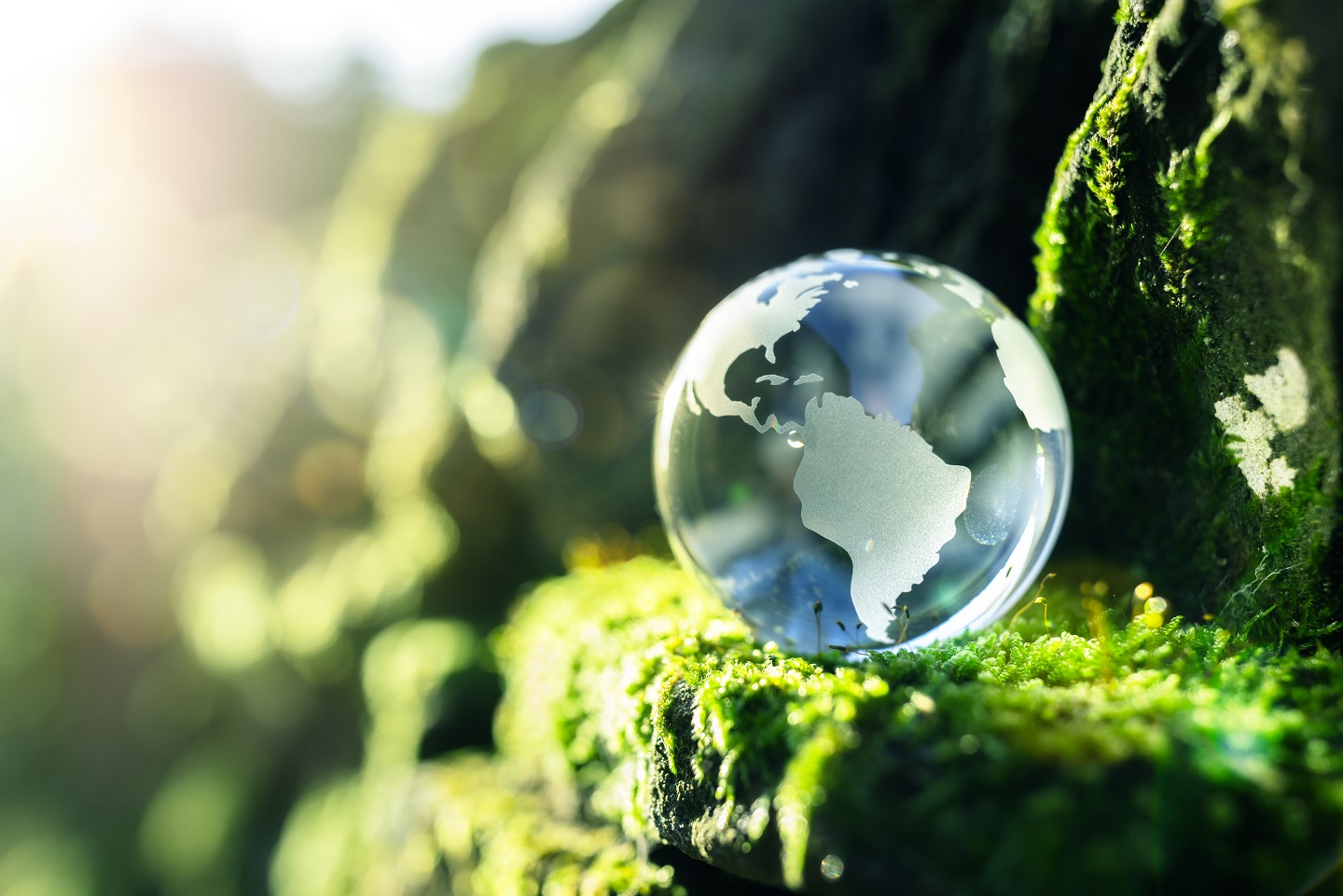
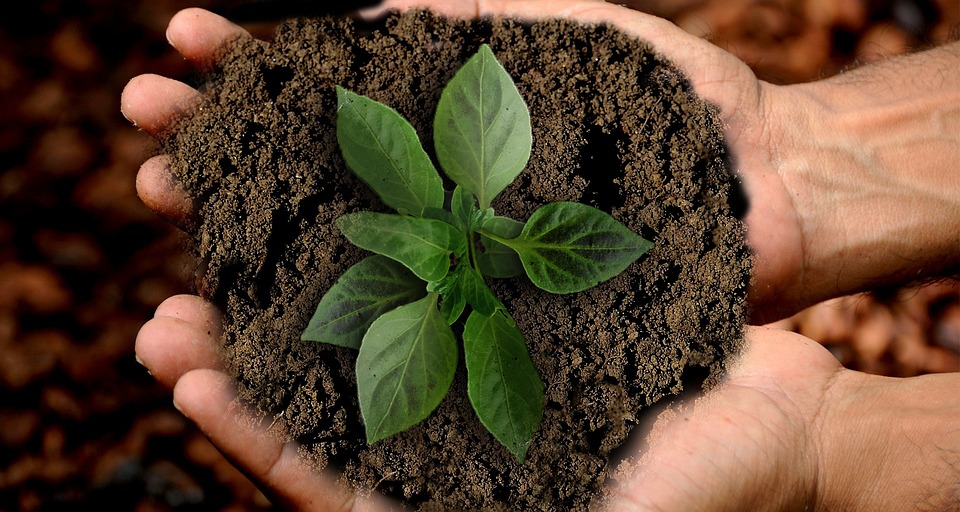
 I came across this fascinating perspective as I was reading a book.
I came across this fascinating perspective as I was reading a book.




